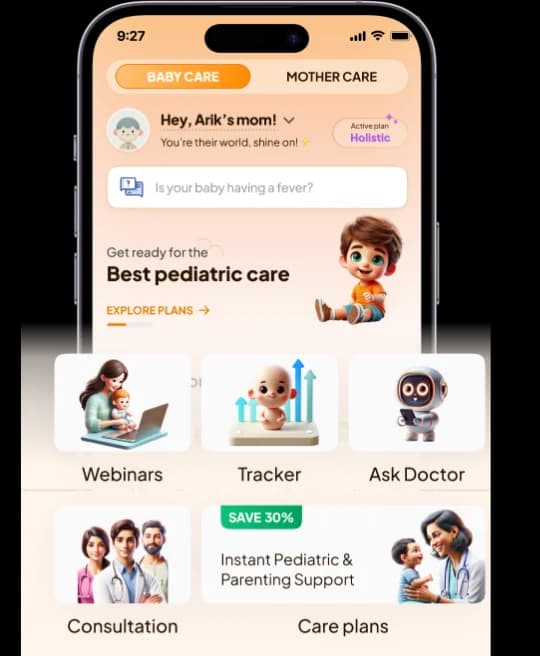
It can take some work to get your breastfed infant to "latch on" correctly. It can be beneficial to try various breastfeeding holds. Continue reading the informative blog for more advice on how to position your infant to facilitate latching on.

Breastfeeding positions: getting lined up
Regardless of the nursing position you choose, make sure you and your infant are positioned correctly. On either side of your baby's body, you should be able to draw a straight line that joins their hip, shoulder, and ear.
Once you and your baby are in the proper position, the next step is to guide them toward the breast so that they can latch on properly and nurse. Latching on effectively is crucial to breastfeeding successfully because it prevents sore nipples, ensures sufficient milk supply, and stimulates plentiful milk production.
You will typically need to support your breast, at least in the initial days of nursing, unless you are in the reclining position. This will facilitate a healthy attachment for your infant. This is particularly true as the size and weight of your breasts rise due to milk production.
Using the C-hold to breastfeed your baby
Using your free hand, place four fingers under your breast and your thumb on top to present the nipple to your baby. (Your lactation specialist or nurse may refer to this as a C-hold, since your hand makes the shape of a letter C.) Make sure your fingers are well behind the areola (the darker-colored area around the nipple) so it doesn't get in the way of your baby's latching on to the breast. You can provide gentle compression of the breast with your fingers to make it easier for your baby to latch.
With the breast supported, stroke your baby's lower lip with your nipple or bring their chin in to touch the breast closely. This causes your baby to open their mouth. (If their mouth stays closed, stroke their lip again, press gently down on their chin with your index finger and open your own mouth, too, since they might imitate you.
Once your baby opens wide—not just a little, but as though they're giving a big yawn—quickly draw them closer and place their open mouth fully on your breast. This guiding movement should be quick but gentle. Remember that you should bring your baby to your breast, not push your breast into their mouth. If your baby's head is pushed into the breast so hard that they cannot breathe, they may become agitated or frightened. They may arch their back and refuse to feed. Do not push on the baby's head, but keep your hand supporting their upper back and neck in place.






